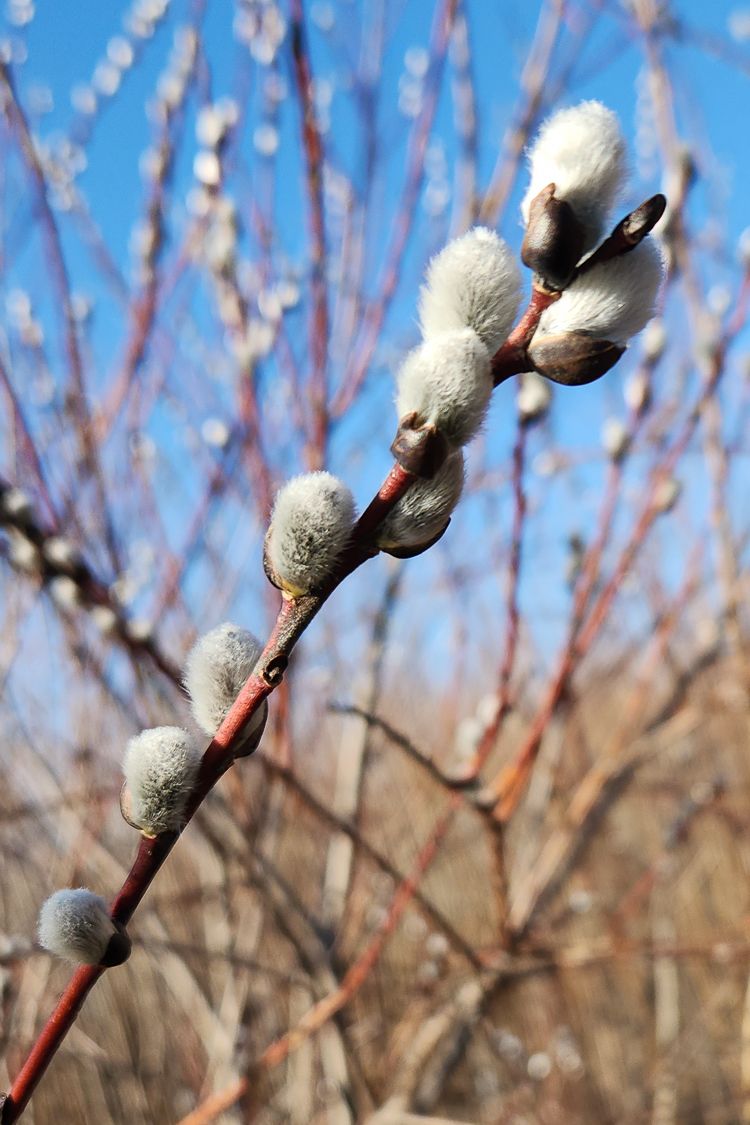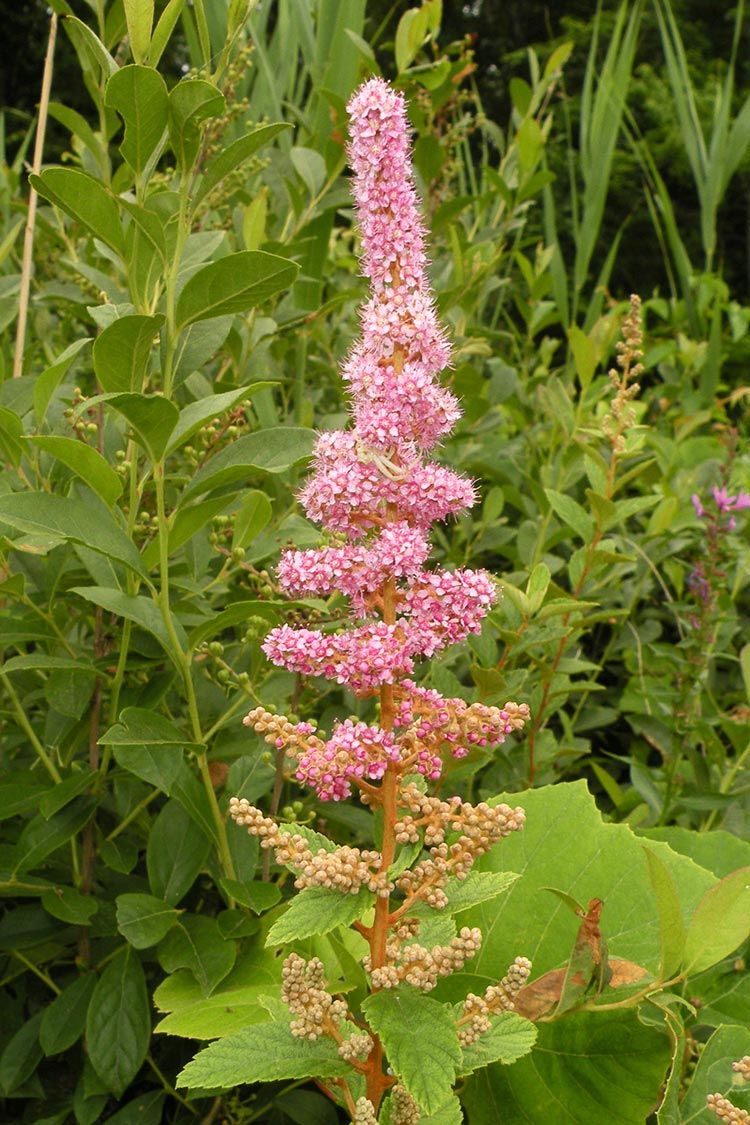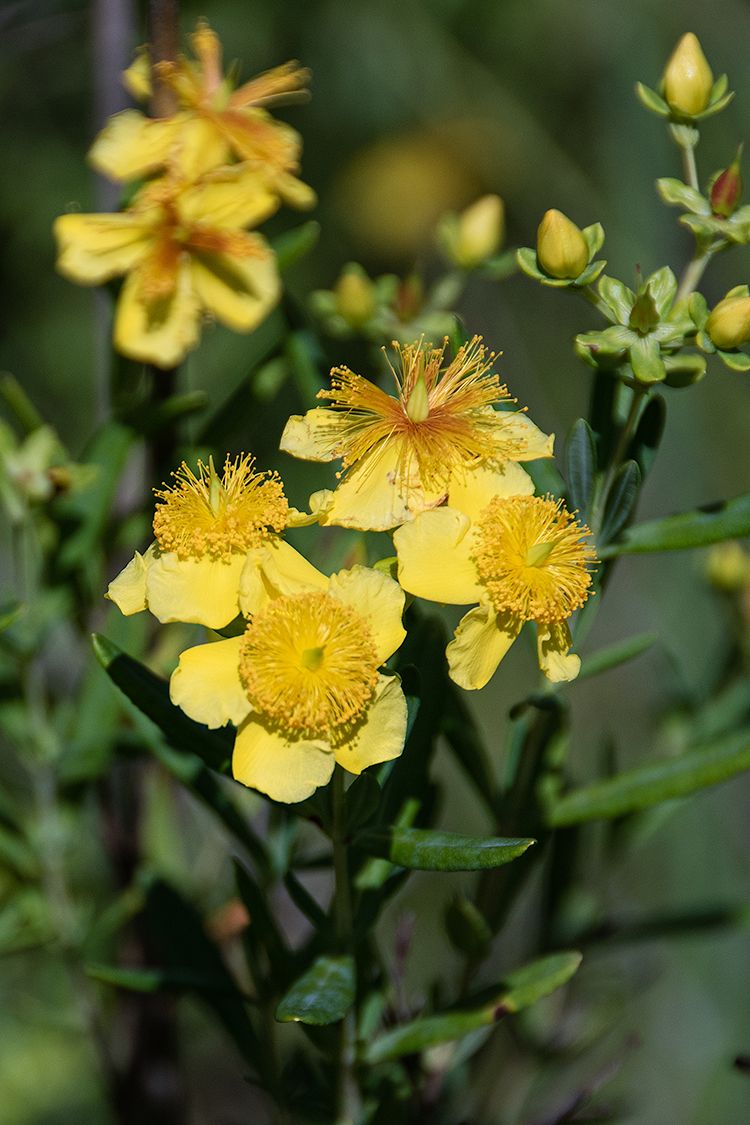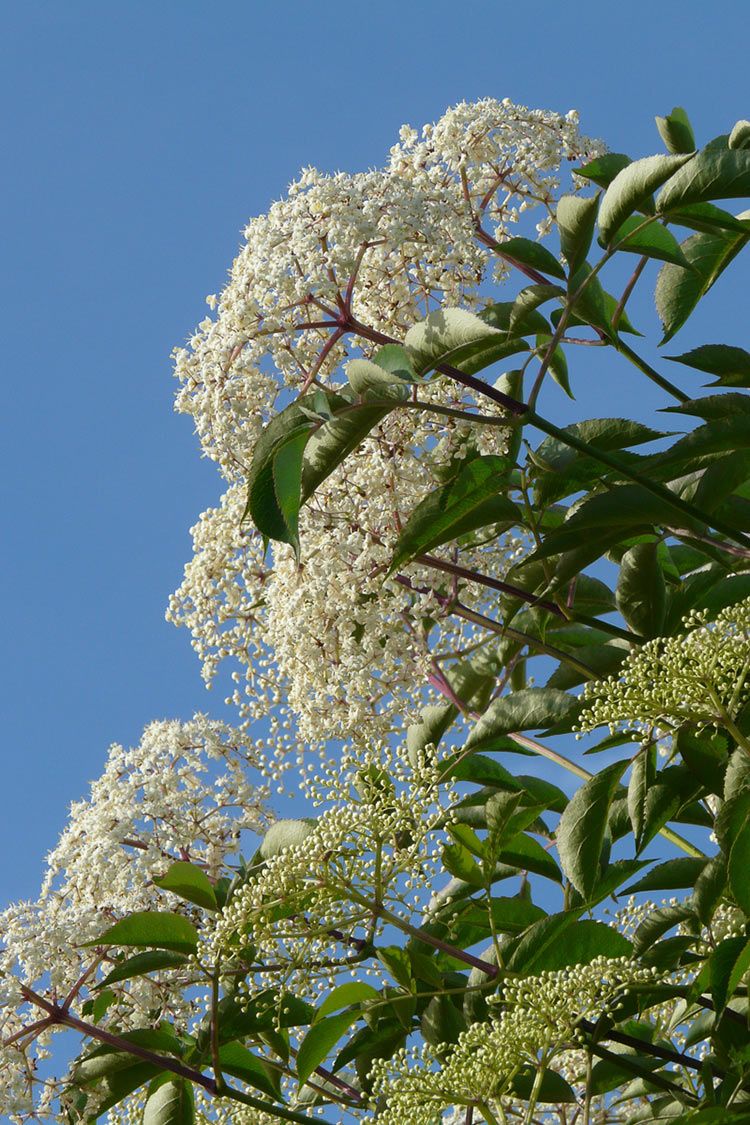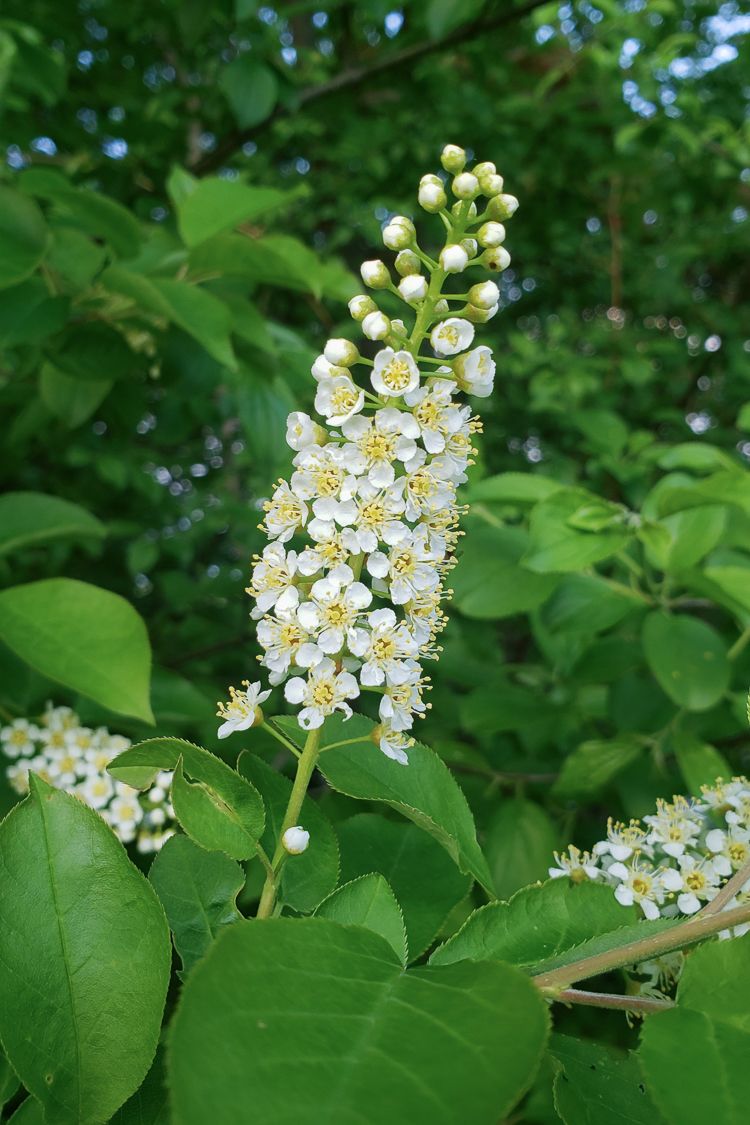Buttonbush
Buttonbush is a distinctive native shrub with spherical pincushion blossoms composed of dense clusters of tiny white or pale-pink tubular flowers. The fragrant blooms are attractive to a wide array of pollinators including butterflies …
| Soil Type | Loam, Sand |
|---|---|
| Soil Moisture | Moist, Wet |
| Sun Exposure | Full Sun, Partial |
| Height | 6' - 15' |
| Bloom Color | White |
| Bloom Time | June, July, Aug |
| Spacing | 4' - 6' |
| Zones | 4, 5, 6, 7, 8, 9 |
| Root Type | Fibrous |
| Benefits | Birds, Butterflies, Pollinators, Host Plant |
Buttonbush, Cephalanthus occidentalis, is a distinctive native shrub with spherical pincushion blossoms composed of dense clusters of tiny white tubular flowers. The fragrant blooms are attractive to a wide array of pollinators including butterflies.
A mature Buttonbush is a handsome ornamental shrub. Resembling a small leaning tree, it grows up to 15 feet on a twisted trunk with many branches and an irregular crown. Indigenous to open wet areas and low woods, Buttonbush is easily grown in moist or wet soils, including areas that experience flooding, making it a good candidate for the rain garden. It is adaptable to a wide range of soils, but is not suitable for dry sites.
Buttonbush can help preserve water quality and enhance wildlife habitat. Waterfowl and shorebirds eat the seeds, and Wood ducks use the plant’s structure for protection of brooding nests. It is a useful for erosion control or stream bank stabilization, as well.
Several silkmoths, the Beautiful Wood-Nymph, and other Lepidoptera are known to use Buttonbush as a host plant.





